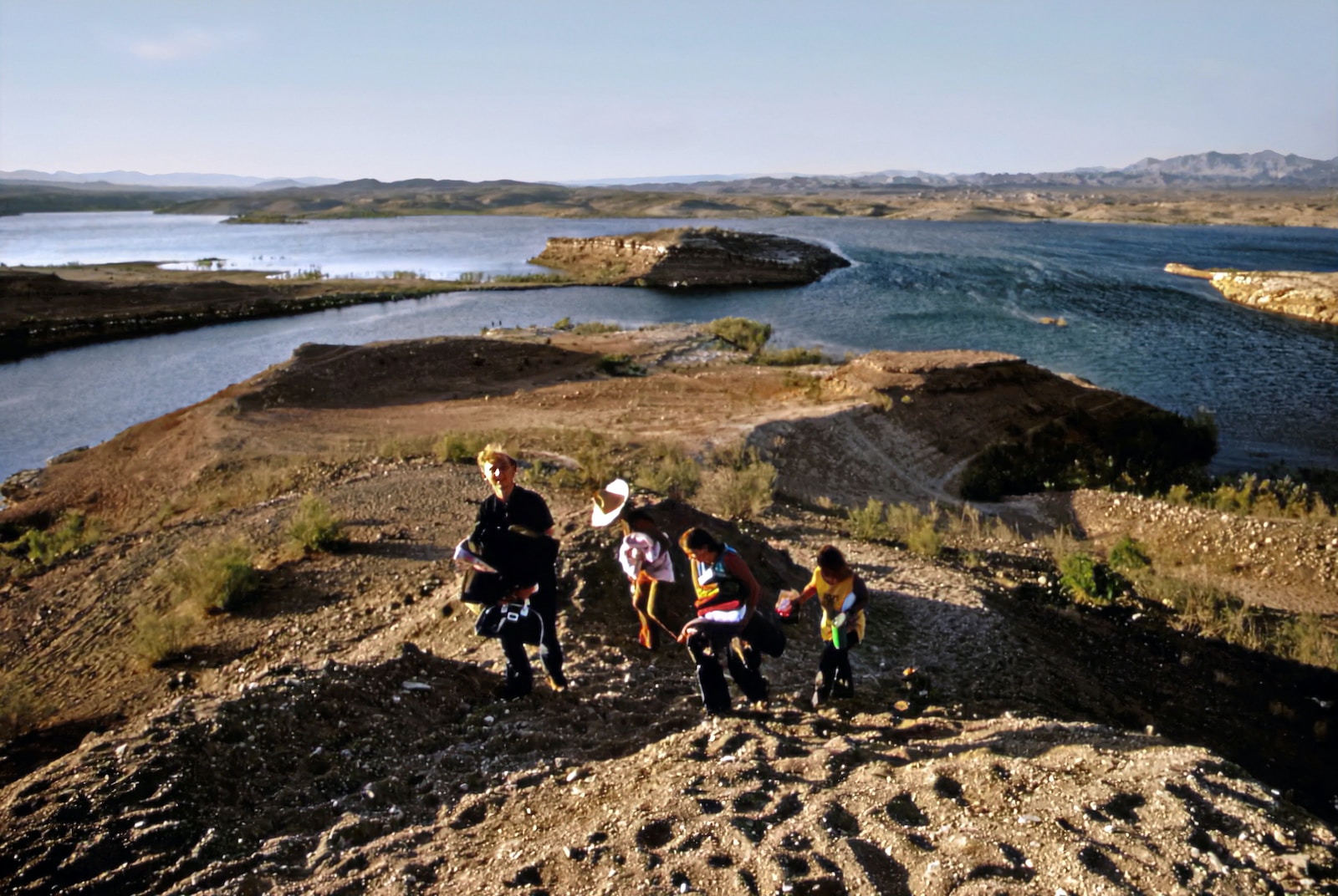Table of Contents
ToggleIntroduction:
Amidst the ongoing drought in the Southwest, Hurricane Hilary made its mark by temporarily boosting water levels in Lake Mead. This article explores the impact of the hurricane on the reservoir, the broader water issues facing the region, and the long-term outlook for the Colorado River. While the recent increase brings some relief, it underscores the need for sustainable water management and conservation efforts to address the underlying challenges.
Hurricane Hilary Raises Lake Mead Water Levels:
Lake Mead water levels reached 1,063.95 feet above mean sea level, the highest recorded this year, following the passage of Hurricane Hilary. Comparisons with previous years highlight the positive impact, with the lake being over 20 feet higher than it was on the same day last year. This increase is attributed to the wet winter that played a crucial role in filling the reservoir, raising hopes for improved water conditions.
Key Reservoir Filling Doesn’t Solve Water Issues:
However, the Southwest region has been grappling with a 23-year drought, necessitating a focus on water conservation. There are concerns that the reservoirs are nearing “dead pool” status, which would impede downstream water flow. While the recent increase in water levels offers temporary relief, experts emphasize that it does not address the long-term problems faced by the region.
The Long-Term Outlook for the Colorado River:
Brad Udall, a Colorado River expert studying the river at Colorado State University’s Colorado Water Center, warns that the drier conditions experienced in the West are a result of climate change. Although winter snowpack and precipitation have been beneficial, they are not enough to solve the long-term water problems. Udall stresses that reducing water consumption is the key to achieving sustainable solutions.
Navigating Changing Climate Patterns:
Climate change has altered the frequency of snow and drought years in the Southwest. Big snow years occur less often, while dry years have become more prevalent. Balancing high flow years with reduced water demand is crucial for long-term water management. Udall emphasizes that achieving a better water future requires both hoping for high flow years and cutting water demand, with the latter being the component that can be controlled.
The Imperative for Water Conservation:
Efforts have been made to improve the Colorado River ecosystem earlier this year. However, long-term solutions and a sustainable future for the river depend on reducing water consumption. Emphasizing water conservation and responsible usage is paramount in addressing the water crisis in the region.
Conclusion:
In conclusion, Hurricane Hilary temporarily boosted water levels in Lake Mead, offering some relief amidst the ongoing water concerns. However, the underlying water issues in the Southwest, exacerbated by climate change and prolonged drought, persist. Achieving a sustainable future for the Colorado River requires a focus on water conservation, balancing high flow years with reduced demand, and implementing responsible water management practices. By prioritizing these efforts, we can work towards a more resilient and water-secure future for the region.







